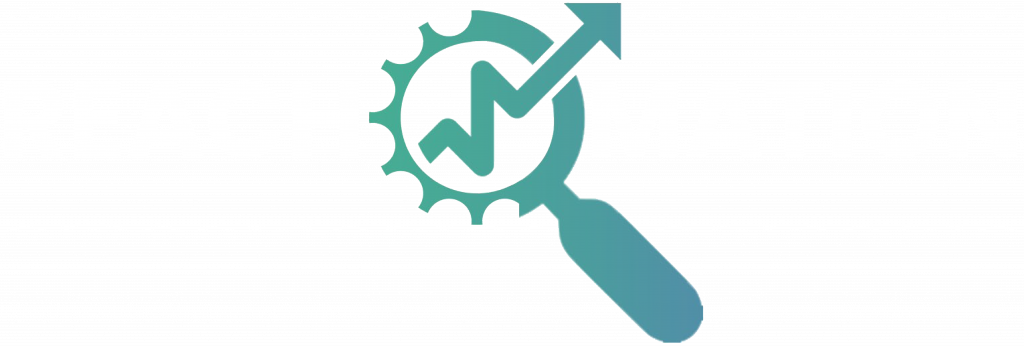A follow up email subject line is a crucial element of successful email communication. It determines whether your message will be opened or not, and can have a big impact on the effectiveness of your follow-up. A well-written subject line can help you to grab the reader’s attention and encourage them to open your email, while a poorly-written subject line may result in your message being ignored or deleted.
There are several factors to consider when writing a follow-up email subject line, including conciseness, actionable language, specificity, personalization, and the use of relevant keywords. By following these tips, you can craft subject lines that are effective at getting your message read.
Tips to write a great follow up email subject line
- Keep it concise: It’s important to keep your subject line concise because it will be displayed alongside other subject lines in the recipient’s inbox. A long subject line may be cut off or truncated, making it difficult for the recipient to understand the purpose of your email. A shorter subject line is more likely to grab the reader’s attention and entice them to open the message.
- Use actionable language: Using verbs that encourage the reader to take action can help increase the chances that your email will be opened. For example, if you are sending a follow-up email to confirm a meeting, using the verb “confirm” in the subject line lets the recipient know that you need a response from them. Other actionable verbs you can use include “schedule,” “review,” and “follow-up.”
- Be specific: Clearly stating the purpose of your email in the subject line will help the recipient understand the significance of your message and be more likely to open it. For example, instead of using a subject line like “follow-up,” use a subject line like “follow-up on our conversation about the project proposal.” This tells the recipient exactly what the email is about and why it is important.
- Personalize: Including the recipient’s name in the subject line can make your email feel more personalized and increase the chances that they will open it. For example, instead of using a subject line like “follow-up on our meeting,” use a subject line like “follow-up on our meeting, John.” This shows that you are addressing the email specifically to them and helps to establish a more personal connection.
- Use relevant keywords: If your email is related to a specific project or topic, including relevant keywords in the subject line can help the recipient understand the context of your message. For example, if you are sending a follow-up email about a marketing campaign, using keywords like “marketing campaign” in the subject line will help the recipient understand that the email is related to their work. This can increase the chances that they will open the email and read it more carefully.
Some examples of great follow up email subject lines
General follow up subject lines
- “Action required: Confirm meeting time for Wednesday”
- “Follow-up on proposal for XYZ project”
- “Quick question about the report”
- “Important update on the XYZ account”
- “Reminder: Review documents by end of day”
- “Urgent: Reschedule call for tomorrow at 10am”
- “Follow-up on our conversation about the presentation”
- “Next steps for the marketing campaign”
- “Feedback needed on draft proposal”
- “Update on the status of the XYZ account”
Casual follow up subject lines
- “Just following up on our chat yesterday”
- “Thinking about you and our conversation”
- “Wanted to check in and see how you’re doing”
- “Hope you’re having a great week!”
- “Quick question about the event on Saturday”
- “Sending a friendly reminder about the meeting”
- “Curious if you’ve had a chance to review the documents”
- “Checking in on the status of the project”
- “Thought you might find this article interesting”
- “Missed our call earlier, wanted to see if we can reschedule”
Stand out follow up subject lines
- “Don’t miss out on this opportunity!”
- “Time is running out to claim your spot”
- “Don’t let this chance slip away”
- “You’re not going to want to miss this!”
- “Don’t miss out on the exclusive offer inside”
- “This could be a game changer for you”
- “Don’t let this opportunity pass you by”
- “Seize this chance while you still can”
- “You won’t want to miss out on this”
- “Don’t let this opportunity slip through your fingers”
Hope these examples can help you write some great follow up email subject lines so that you achieve a great open and response rate.
Conclusion
In conclusion, the subject line of a follow-up email is an important aspect of successful email communication. By keeping it concise, using actionable language, being specific, personalizing it, and using relevant keywords, you can write subject lines that are more likely to help you achieve great open and response rates. Taking the time to carefully craft your subject line can pay off in the long run. Not only that, it will help you to effectively communicate with your recipients and achieve your goals.


Leave a Reply